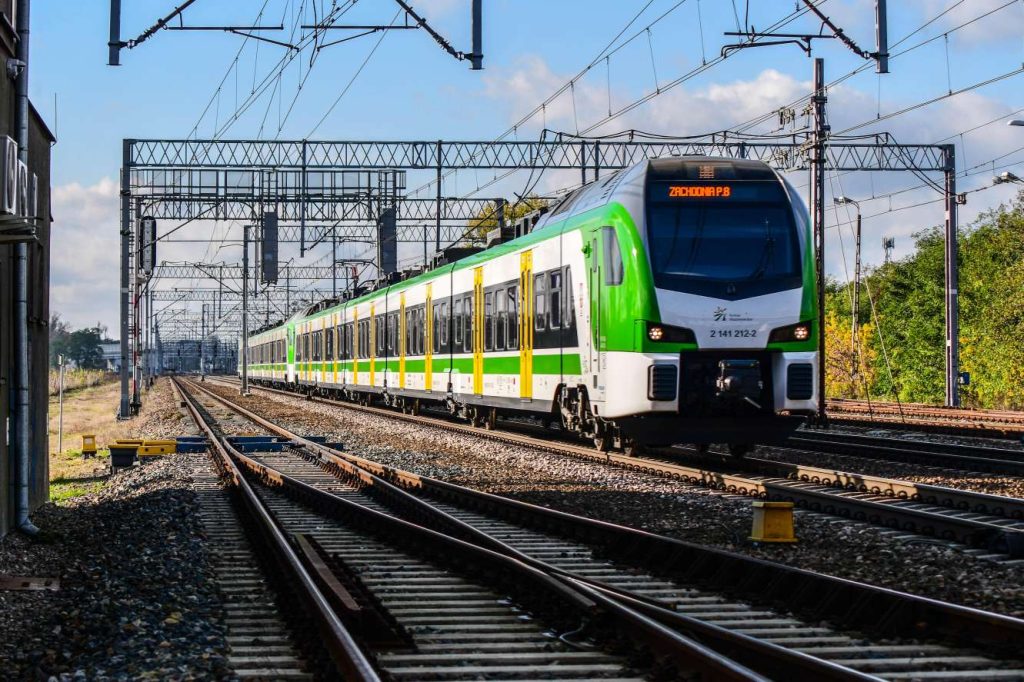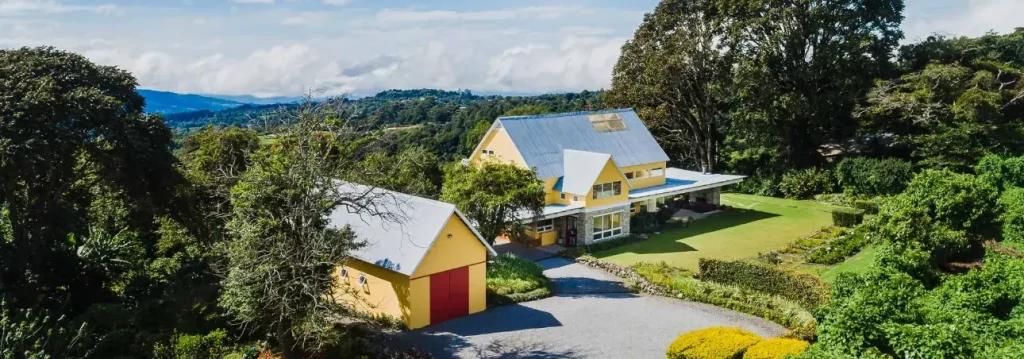
Panama’s ambitious plan to construct a 475-kilometer railway connecting Panama City with Paso Canoas, on the border with Costa Rica, has captured the attention of global powers. China, Spain, the United States, Japan, and the United Kingdom have each expressed interest in financing or participating in the project, which is expected to cost between $6 and $8 billion. Authorities anticipate the tender process and initial civil works to begin in early 2026.
International Interest
-
China: The Chinese ambassador to Panama, Xu Xueyuan, confirmed that Chinese companies such as China Construction Company Corporation are closely monitoring the project and hope to participate in the bidding process.
-
Spain: Spanish President Pedro Sánchez highlighted Spain’s expertise in railway construction and confirmed the country’s strong interest in contributing.
-
United States: The U.S. ambassador to Panama, Kevin Marino Cabrera, emphasized that American companies are preparing investment proposals aligned with U.S. interests in the region.
-
Japan: Japanese financial institutions, including Mizuho Bank, have already explored ways to support the project as part of wider infrastructure investments.
-
United Kingdom: The UK government has proposed a loan package of $6.7 billion, with $3.5 billion potentially earmarked for the railway. Additionally, the European Investment Bank has expressed support.
The project is being compared in scale to the Panama Canal expansion due to its economic significance and expected cost.
The Vision for the Railway
The line will include 14 stations across Panama, with both passenger and freight capacity. An express service aims to link Panama City and David in just three hours, with trains designed to reach speeds up to 100 km/h.
For residents, expats, and investors, this railway could be transformative. Areas like Panama City and David may experience faster economic growth, greater accessibility, and rising demand for residential and commercial real estate. Improved connectivity could also attract new tourism and logistics opportunities, enhancing the long-term appeal of these regions.
Implications for Real Estate
The scale of this project is likely to reshape property markets along the route. In David, Chiriquí’s capital, improved access to Panama City may boost demand for family homes, retirement properties, and logistics-related land. Meanwhile, in Panama City, neighborhoods well-connected to transport hubs may see growing value as commuter travel becomes faster and more reliable.
Historically, large infrastructure projects in Panama have increased confidence among investors and spurred secondary development, from new commercial zones to residential expansions. The railway could mirror these trends, offering opportunities for those who position themselves early.
Conclusion
While final financing decisions remain pending, the global interest in Panama’s railway underlines its strategic importance. Beyond transportation, the project has the potential to accelerate regional development, support trade, and open new investment horizons across the country.
At Casa Solution, we continue to monitor developments closely and can help you explore properties in strategic areas like Panama City and David that stand to benefit from improved connectivity.
Contact us today to discuss your real estate opportunities in Panama.
Date written: August 17, 2025



